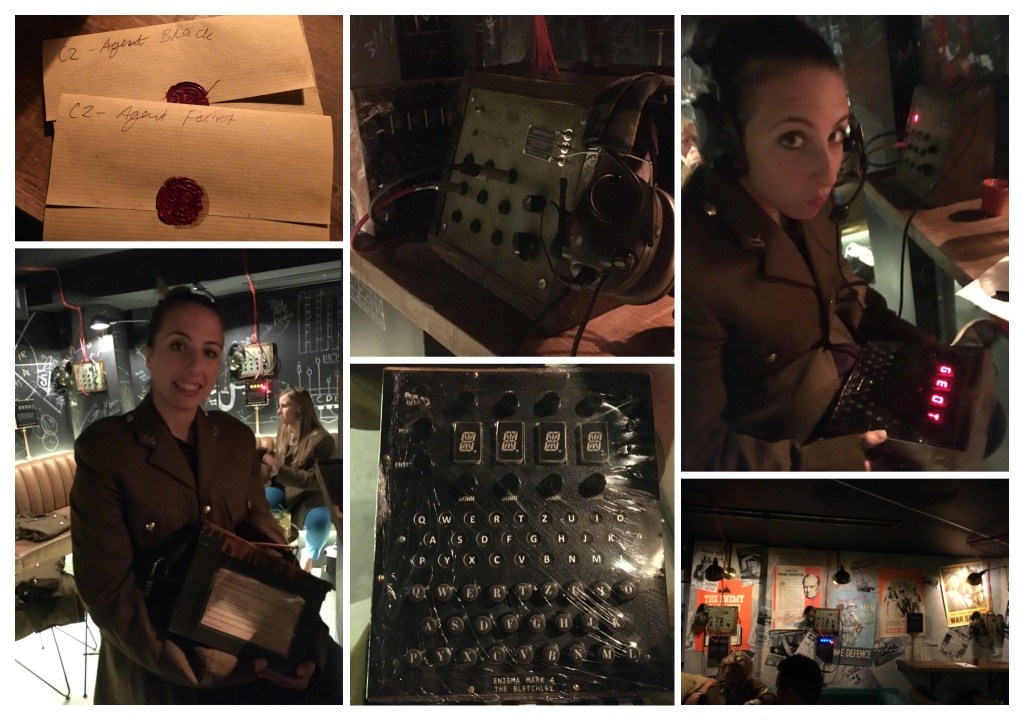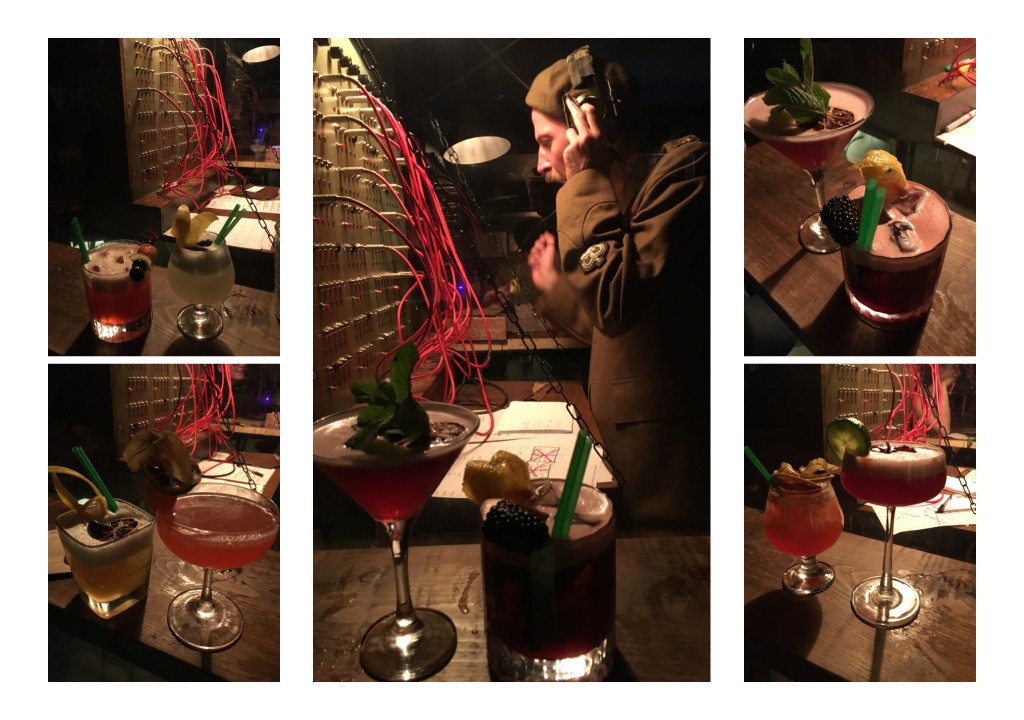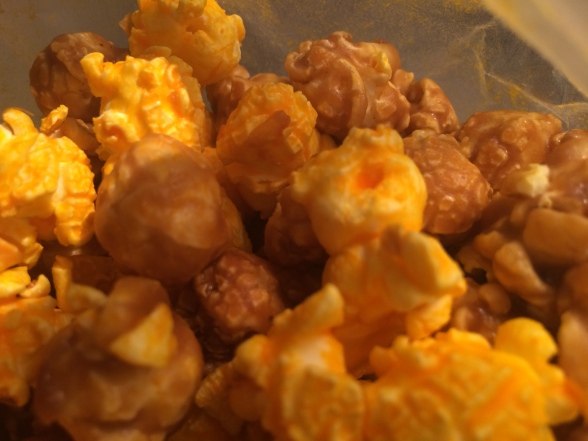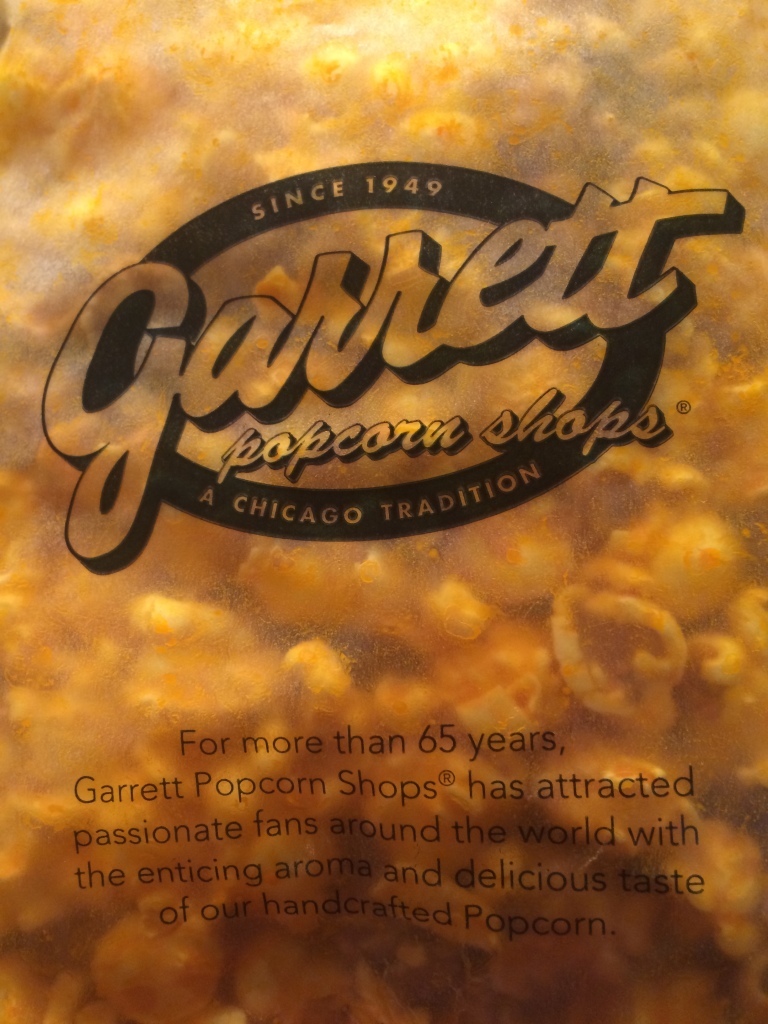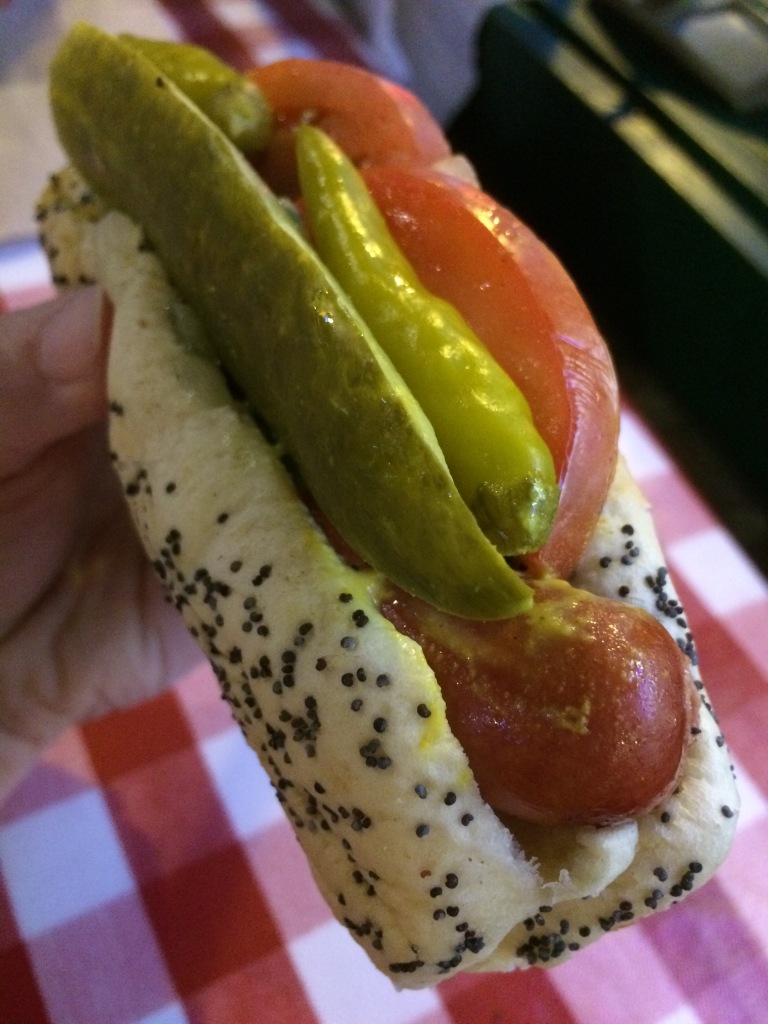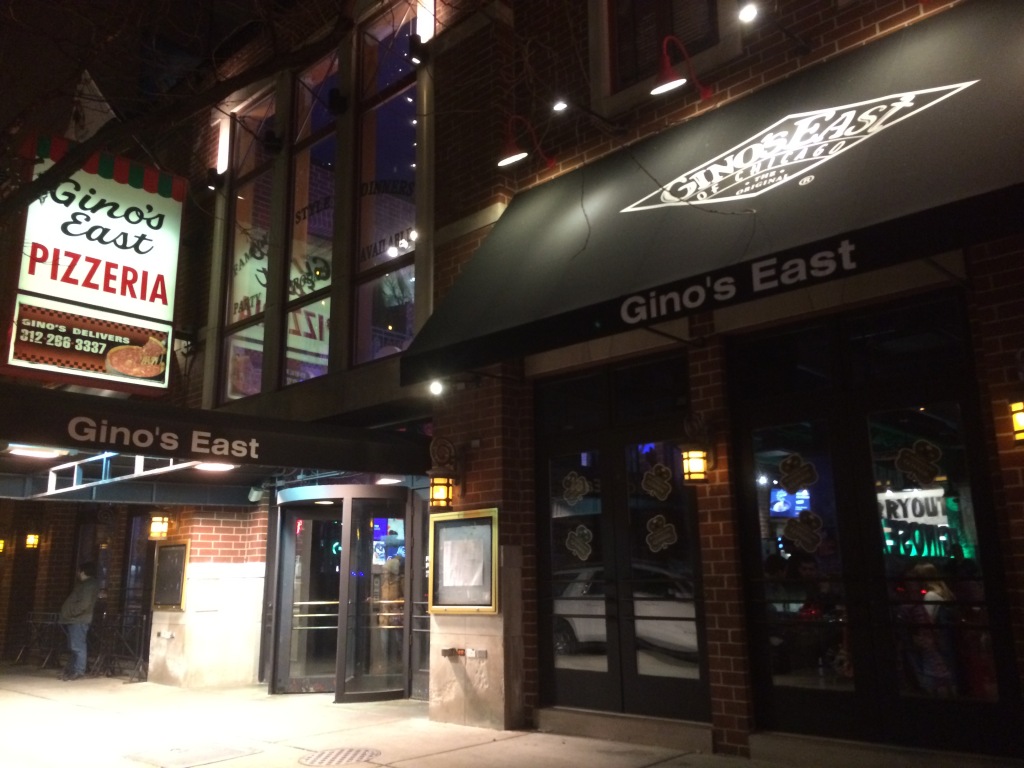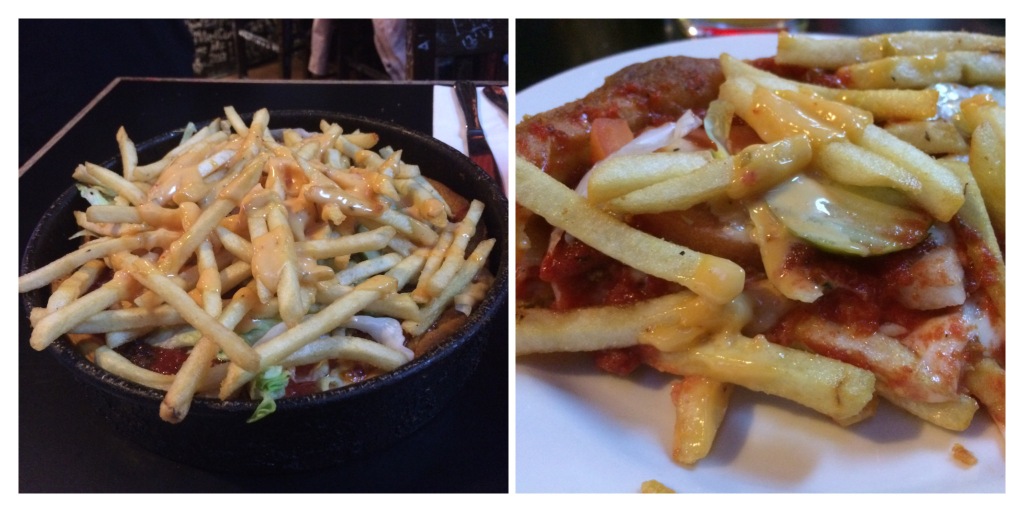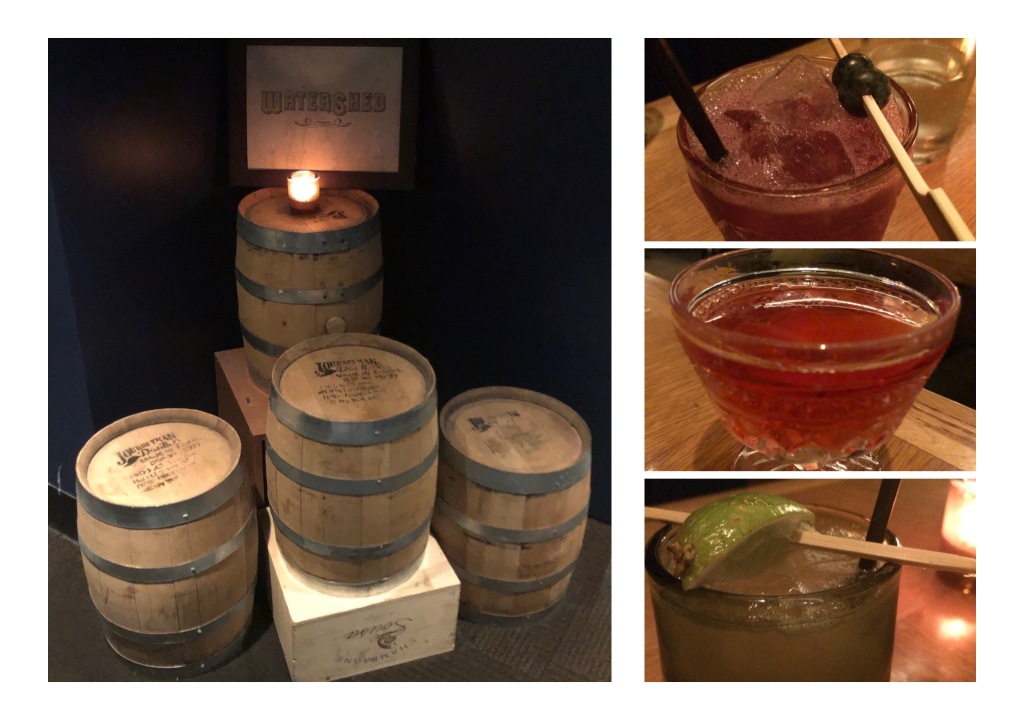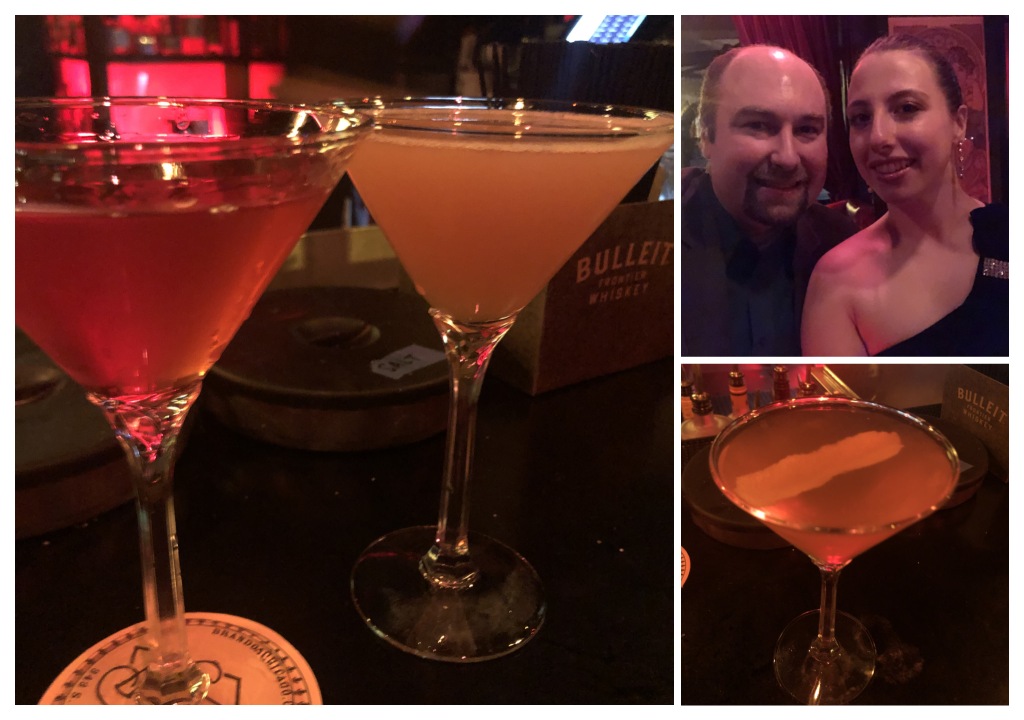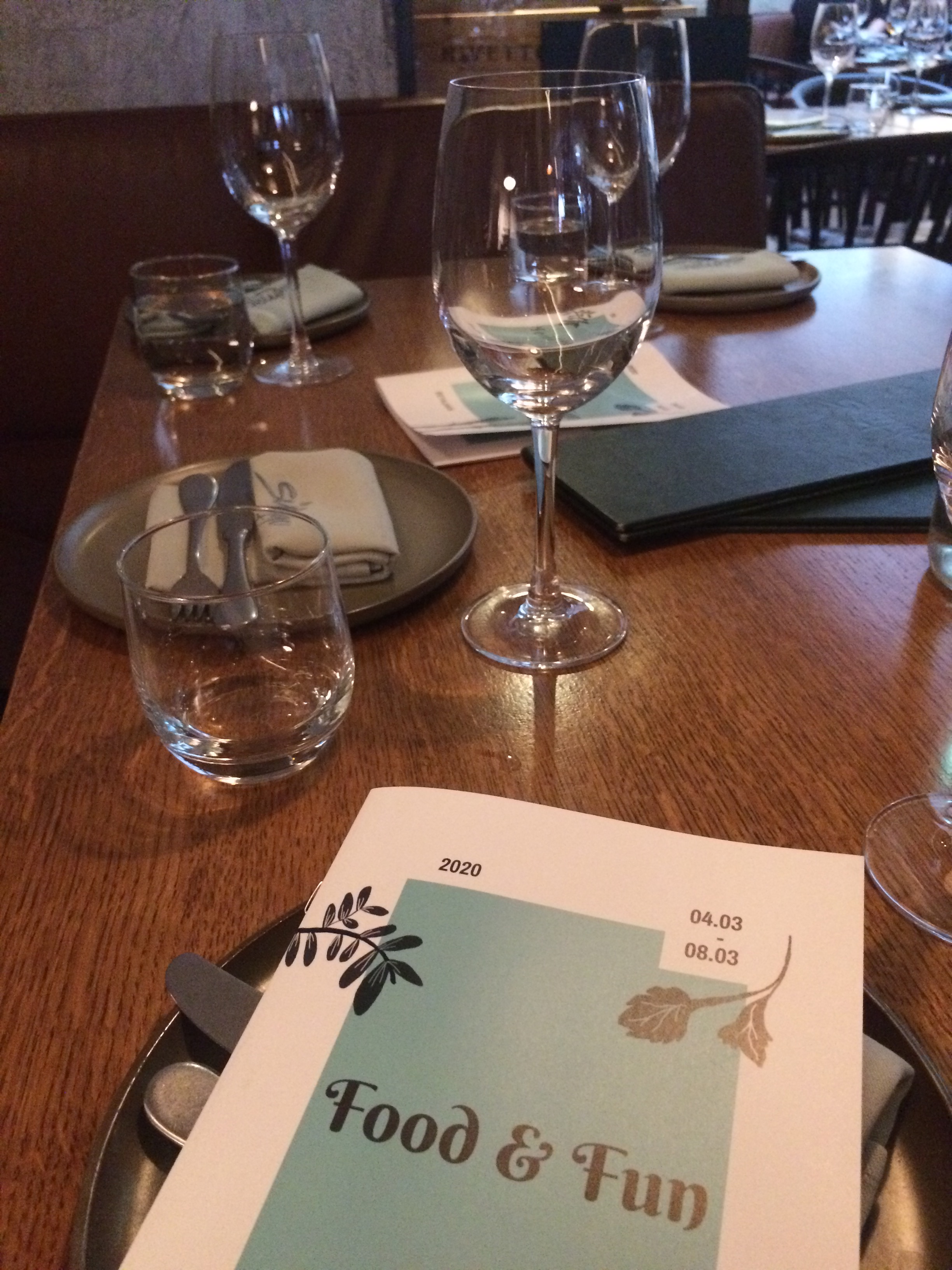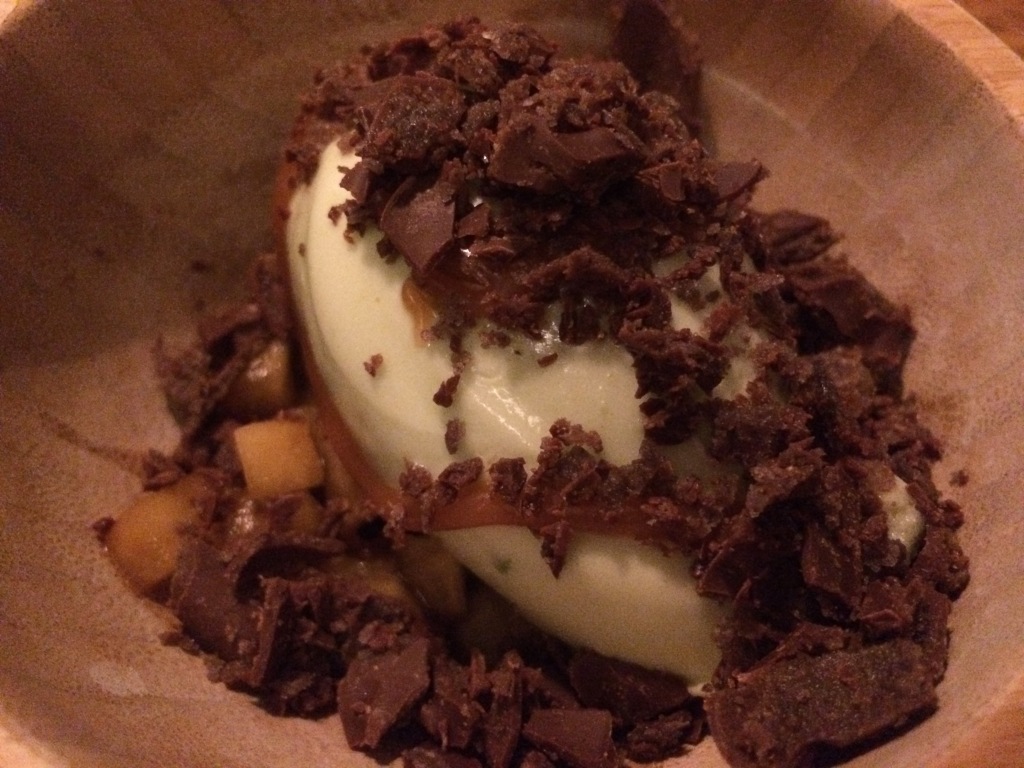It’s been quite the year, but I hope everyone has been taking care of themselves and their families. The past year has been riddled with change and new norms for me just like everyone else. I moved mid-pandemic back to the United States (more on that in a future post) to be with my husband for starters. This big move got me thinking about our relationship. Just six months into our relationship, I accepted a job in another state. Instead of letting this 8-hour drive (45-minute flight wheels up to wheels down) be an obstacle, we let the distance drive us together. Then, three years later instead of moving closer together, I moved to a different country for a new job. Since then, I’ve come to realize we are not alone. There are so many other couples who do this too, so to all the couples spending this Valentine’s Day apart due to the COVID-19 pandemic, I want to say. I see you. I hear you. I respect you. I feel you. In the spirit of Valentine’s Day, I’m going to share some tips on keeping the love alive with your special someone, even though you may be oceans apart.
- Say I Love You – These three little words need to be said too. Your partner needs to hear you love them just as much, if not more when you are apart. Take the time to remind them.
- Make time to video chat – My husband and I swear that the lesson we learned in communication while we were long-distance is a large part of why our relationship works so well. Every relationship is different, but I do think keeping a healthy flow of messages through text, phone calls, and video chat make life a little easier. Try making a schedule of when to talk and video chat. Luckily, technology makes keeping in touch much easier than previous generations who only had expensive phone calls and letters. Take advantage and send your loved one a simple text, even if it’s just hello. Letting them know you are thinking of them will keep the spark alive. While you can’t touch, you can talk and be together in other ways. Keeping the line of communication open is key.
- Do something together — Play a game, cook, do a movie night and discuss it afterwards, etc. My husband I loved playing games via Steam, and since a big part of our relationship centered around cooking, we tried to make time to cook dinner together over video chat. We would pick a recipe, ensure we had the ingredients, sign on to a video chat, then cook the meal and eat it together. Is it the same as being in the same room? Of course not! Did we enjoy it? YES! It was super fun to compare how each dish came out too. Back to amazing technologies, you can use a watch party service on Movies Anywhere, Vudu, or a third-party such as Kast to watch a movie together (maybe even make popcorn) and discuss it afterwards. Dinner and a movie is a classic for a reason.
- Stay busy – This addition came from my husband. We both kept very busy while apart. Me because that’s how I like life. Him, I think to help keep his mind off being apart. Coming home to an empty apartment is not as nice as coming home to someone you love. This is a good opportunity to solidify who you are as an individual, what keeps you going, what hobbies you enjoy, what you love. I think staying busy helps you invest in yourself and goes back to the adage, “you can’t love someone else, without loving yourself first.”
- Have an end-date in sight or end plan – This one might be hard due to the current pandemic situation. Therefore, maybe not be a date; maybe just a plan that when it’s safer one party moves to the other party. Having this goal in mind makes it easier to keep up the relationship rather than having no date and no guarantee the current situation will ever end.
- Be patient – Long distance relationships are hard. “If it was easy, everyone would do it.” Give your significant other some extra slack, they’re probably stressed about the situation too. They missed the video chat time? Okay, they’ll be there next time. And just know, as someone who’s made it to the other side, all things come to an end at some point, and when the distance does, your relationship will be all the stronger for it.

